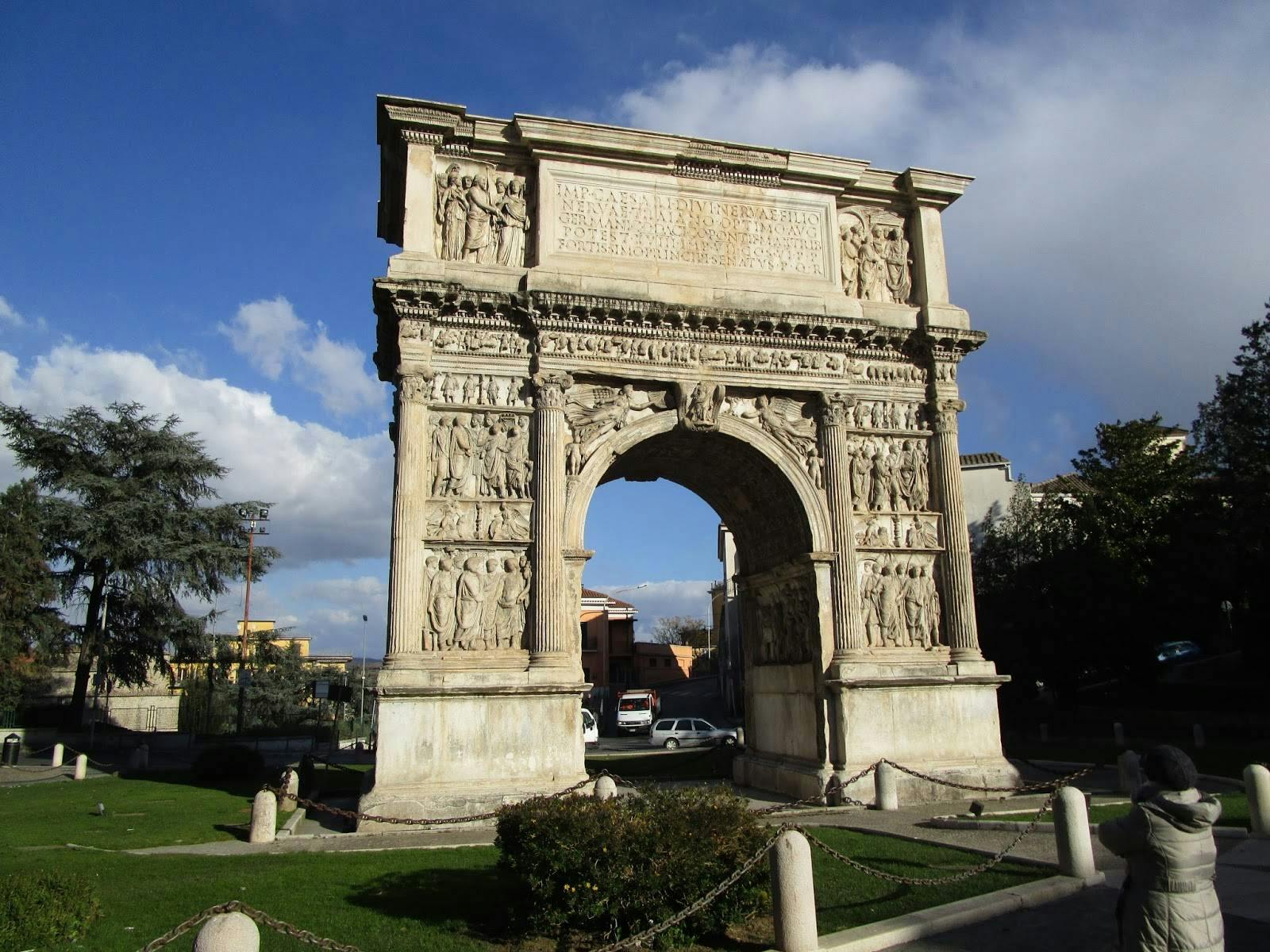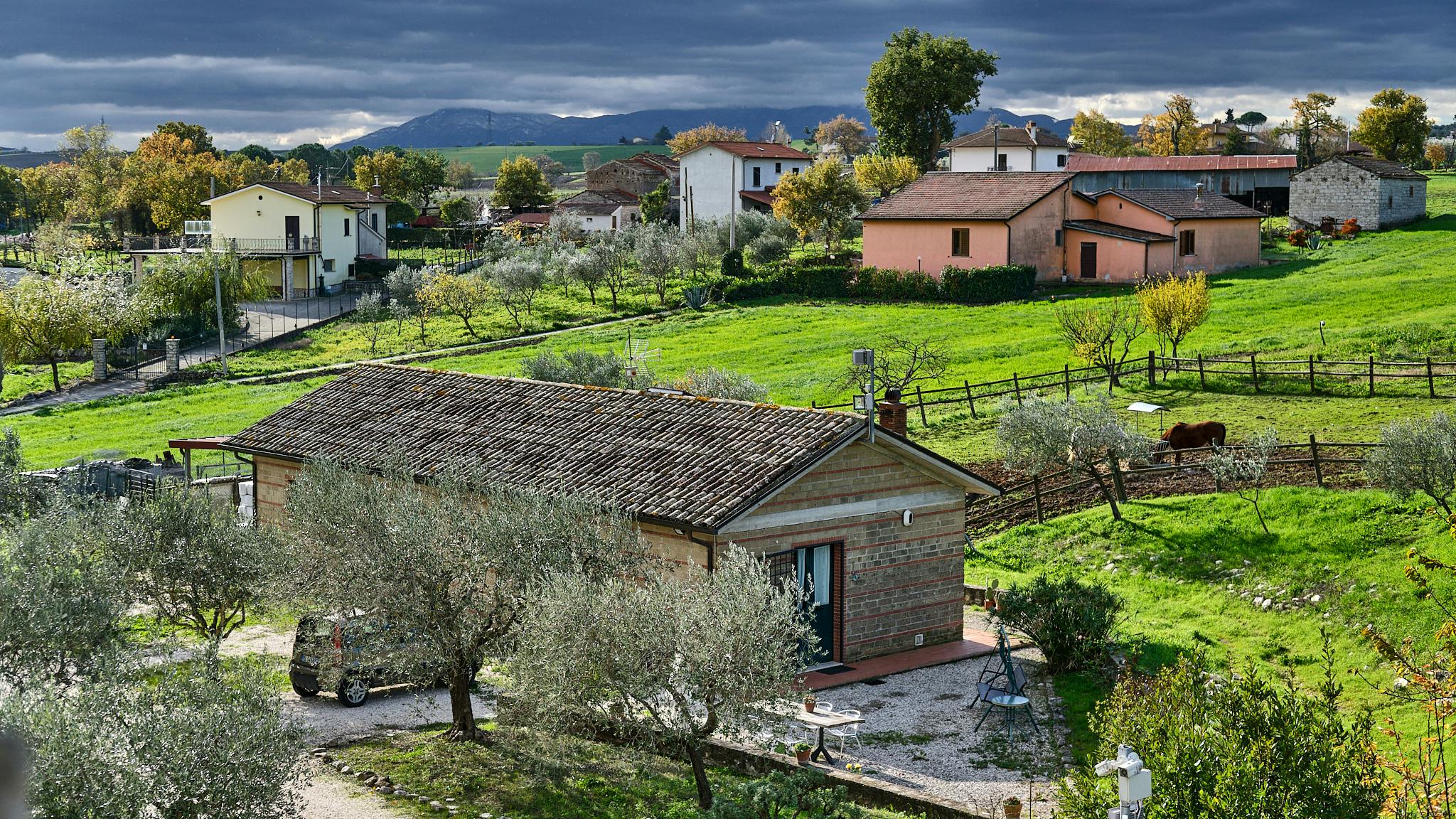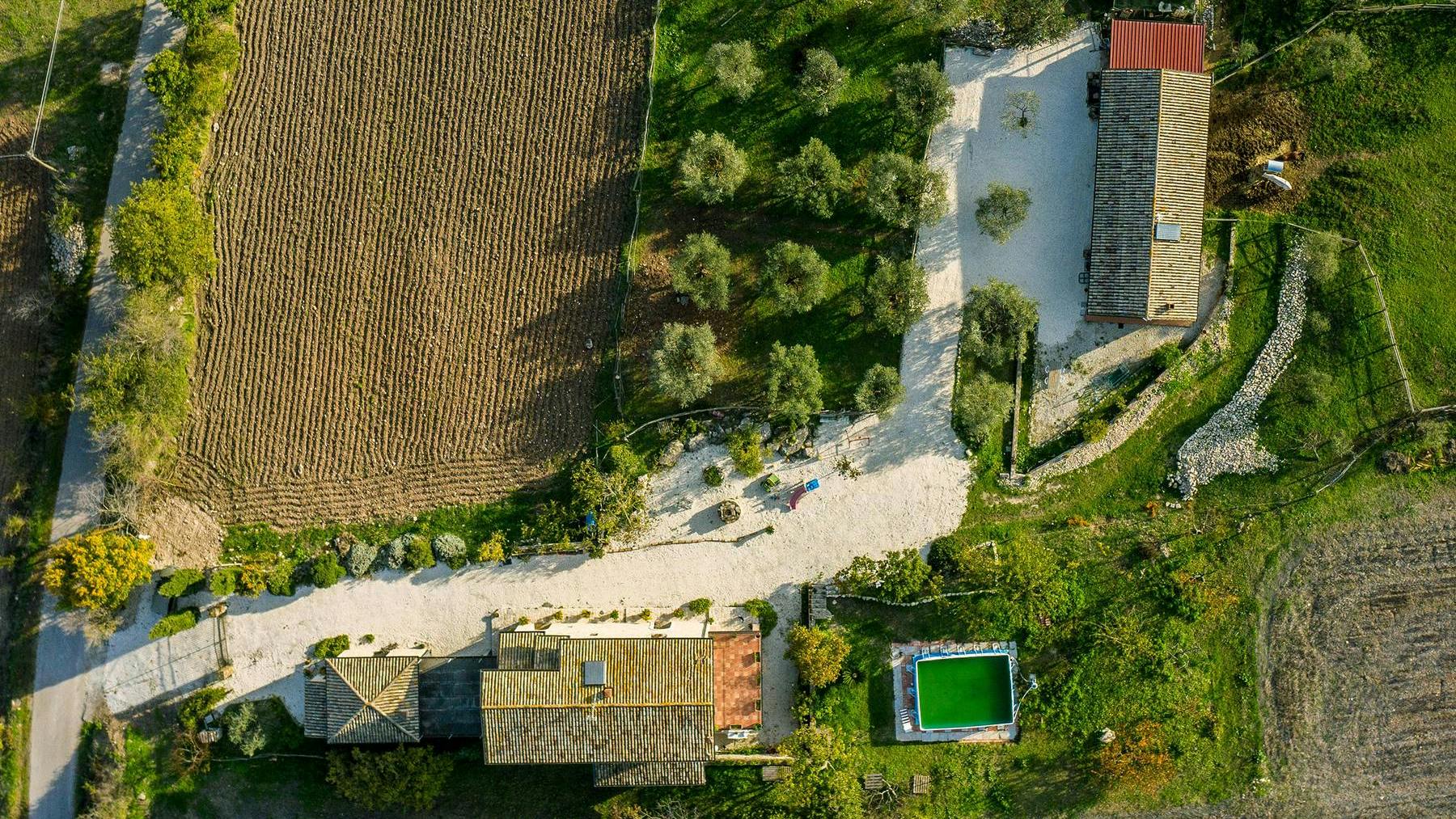Benevento

Nothing in Italy is older than Benevento, which according to local legends was founded either by Diomede or by Ausone, a son of Ulysses and Circe.
— Edward Hutton, Naples and Campania Revisited, 1958
The location
Located in a strategic position straddling between the two coasts of south Italy, the city of Benevento is an historical stop for travelers and pilgrims.
It rises at the confluence of the Sabato and Calore rivers, and it was perhaps also for this reason that the Egyptian cult of the Goddess Isis flourished there in the first century as it did in the newborn Turin between the Dora and the Po rivers.
Surrounded by the mythical Samnite countryside it faces the Dormiente del Sannio, that is the ridge of the mountains of Taburno which assumes from this side the profile of a sleeping woman.
History
Greeks, Samnites, Romans
Some traditions, as the quote from Edward Hutton testifies, attribute the birth of the city to the Achaean hero Diomedes to whom the myth attributes the foundation of many Italian cities after the Trojan War.
The first name of the city seems to have been Malies and was found on some coins of the IV and III centuries BC and associated with Apollo Maloesis, guardian of the cattle, but more likely it is of Osca and Samnite derivation.
The Samnites in fact made Malies famous with the defeat they inflicted to the Romans in 321 BC at the Caudine Forks. After this episode the Romans named the city Maleventum and following the victory against Pyrrhus in 275 BC they renamed it Beneventum.
It was reached by the Via Appia and became one the main hubs on the road to Brindisi.
At the time of Nero the amphitheater already existed, Domitian erected the temple of Isis, Traiano the homonymous arch and Adriano the Theater.
The Via Traiana also will start from the Arch of Trajan, passing through Paduli and Buonalbergo reaching Brindisi with an alternative route to the Appia Antica.
The trades that moved on these routes helped to make Benevento the second most populous city in southern Italy after Capua.
The Lombards
The city became an episcopal seat in the IV century, elevated to archdiocese in 969 with the Archbishop Landolfo.
The crisis of the Western Roman Empire and the subsequent collapse set the city on a slow decline:
- 369 devastated by a terrible earthquake
- 410 invaded by Visigoti
- 455 overrun by Vandals
- 490 taken from the Goths
- 536 freed by the Byzantines Romans of Belisarius
- 545 sacked by Totila's Ostrogoths
In 571 the Lombards founded the Duchy of Benevento which together with the Duchy of Spoleto, formed the Longobardia Minor.
One of the first interventions was the rebuilding of the walls destroyed by Totila.
Thus began the period of maximum splendor of Benevento with the expansion of the Lombards who took possession of the former Byzantine dominions.
In 774, with the conquest of Longobardia Maior by Charlemagne, the Duke Arechi II can raise the domain of Benevento to Principality expanding the city with buildings such as the magnificent church of Santa Sophia and a princely palace whose remains of the internal court constitute today's Piazza Piano di Corte.
The power of the principality arrives to conquer Amalfi and impose taxes to the city of Naples.
The Papal Domain
The conquest of the city in 1053 by Robert Guiscard, leader of the Normans, set the decline of the duchy which becomes pontifical domain up to the unification of Italy.
[...] Had this text divine Been of Cosenza's shepherd better scann'd,
Who then by Clement on my hunt was set,
had this face well read in God,
Yet at the bridge's head my bones had lain, Near Benevento, by the grave mora Protected; but the rain now drenches them,
And the wind drives, out of the kingdom's bounds, Far as the stream of Verde, where, with lights Extinguish'd, he remov'd them from their bed.— Dante Alighieri, Divine Comedy, Purg. c. III, v. 126-129
With these verses from Purgatory, Dante redeems the memory of the pluri excommunicated Manfredi of Sicily, whose tomb was violated with the consent of Pope Clement IV and the body scattered on the Verde river (today known as Liri), after the defeat in the Battle of Benevento of 1266 by Charles I of Anjou. Placing him in the Purgatory the Supreme Poet shows his aversion towards the political instrument of excommunication.
While remaining loyal to the Angevins during the succession war for the kingdom of Naples, Benevento was conquered in 1440 by Alfonso of Aragon.
Modern history
Occupied by the French during the Napoleonic period, it was the beneventan citizen Salvatore Rampone, dressed as colonel of the Garibaldini, to put an end to seven centuries of pontifical dominion during the proclamation of the Kingdom of Italy in 1860.
Being an important railway hub between Rome and Puglia, it was heavly bombed during World War II. To drive out the Germans from the city from 8 September 1943 to the end of October it suffered 63 waves of Allied bombing. The war devastated about 38% of the buildings.
Points of Interest
Most of the monuments of Benevento can be admired in the historic center of the city which stands on a hill between the Calore and Sabato rivers, through the Corso Garibaldi, which retraces the Roman decumanus major up to the Rocca dei Rettori.
Roman Benevento
- Ponte Leproso: dated back to III century BC, the period in which the Via Appia was traced, this bridge crosses the river Sabato
- Amphitheater: built before 63 AD and found in 1985
- Egyptian Obelisks: erected around 88 AD under Domitian, attesting the importance of the cult of Isis, the Lady of Benevento
- Arco di Traiano: 114 AD, it is the best preserved Roman arch and is one of the most important examples of Trajan's art, in the Middle Ages it became part of the city walls with the name of Porta Aurea
- Theater: erected in 126 AD under Hadrian and enlarged by Caracalla, facing the Taburno mountains it can hold 10,000 spectators
- Cryptoporticus of the Santi Quaranta: dated around the I century AD, severely damaged by the WWII bombings, it is managed by a group of volunteers
- Aqueduct: dating back to the I century AD, it led the sources of the Serino springs to Avellino and Benevento
- Arco del Sacramento: built between I and II century AD, the recent restoration has highlighted an adjacent thermae complex
- Statue of the Bull Apis: dating back to II century AD, found in a place traditionally indicated for the Sabbath of the the Witches of Benevento
- Ponte Valentino: dating back to the II century AD, this bridge crossed the Calore river on the Via Traiana
- Ponte Vanvitelli: it dates back to the barbarian domination, was first rebuilt by Vanvitelli in 1767 and re-invented in 1960 to adapt it to the floods of the Calore river
Longobard Benevento
- Longobard Walls: 6th century AD, the most important Lombard legacy, a rare example of early medieval city walls
- Church of Sant'Ilario in Port'Aurea: built around the VI century on previous ruins near the Arch of Trajan
- Church of Santa Sofia: built around 760 AD it is the most important church of Longobardia Minor with the particular star plant, it is connected to the monastery which houses the Sannio Museum
- Duomo: built in 780 AD on the remains of the Roman forum, almost destroyed by the Allied bombings of 1943, recently restored
- Rocca dei Rettori: on a strategic spot of the city that was already used by Samnites and Romans, the Tower dates back to 870 AD
- Convent of San Francesco: built around a Lombard church founded around 950 AD, the tradition tells of the passage of Saint Francis of Assisi to Benevento
Modern Benevento
- Villa Comunale: completed in 1880 and renovated in 2003 this park includes a small lake and several secular trees
- Hortus Conclusus: art installation by Mimmo Paladino set in 1992
- Ponte Pagliuca: inaugurated in 2019, it crosses the river Sabato connecting the Libertà and Santa Maria degli Angeli districts
Museums
- Museo del Sannio: Samnite, Roman and Lombard finds
- ARCOS Contemporary Samnite Art Museum
- Museo Diocesano: Lombard remains of the cathedral saved from bombing
- Museo Strega private museum dedicated to the Strega liqueur
- MUSA museum of agricultural jobs and technology
- Astronomical Observatory of Sannio
- GeoBioLab: nature laboratory, temporarily closed
Culture
Magical Benevento
Music
The Conservatory of Music Nicola Sala continues to carry out a musical research that dips its roots in the Roman Music College whose remains were found in 1912 near the Church of SS. Cosma and Damiano.
In the Middle Ages the Canto Beneventano was very famous in south Italy, similar to the Ambrosian and different from the Gregorian one.
The Torrone
The Torrone del Papa tells us about both the fame of the Benevento nougat and its special testimonial.
As early as the seventeenth century it was sent as a gift to the prelates of Rome, the capital of the Papal state.
The Torrone della Regina was dedicated to the Bourbons who made it a Christmas specialty in the 19th century.


